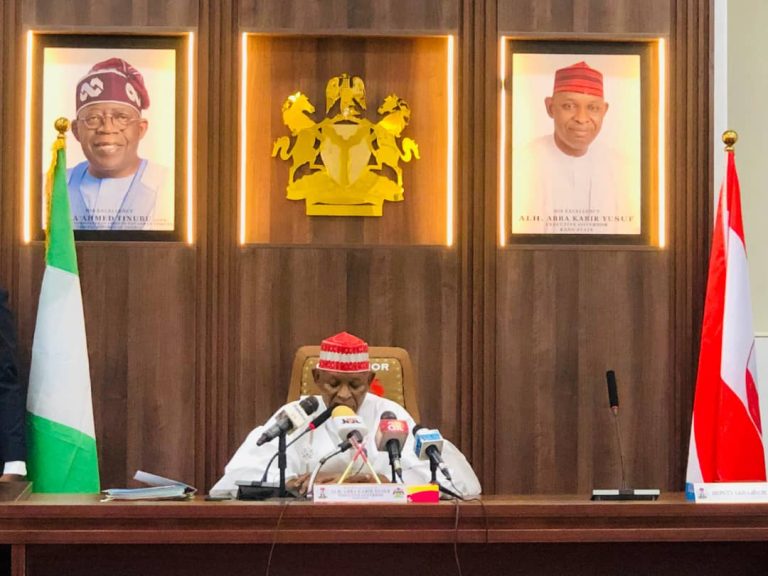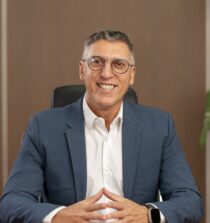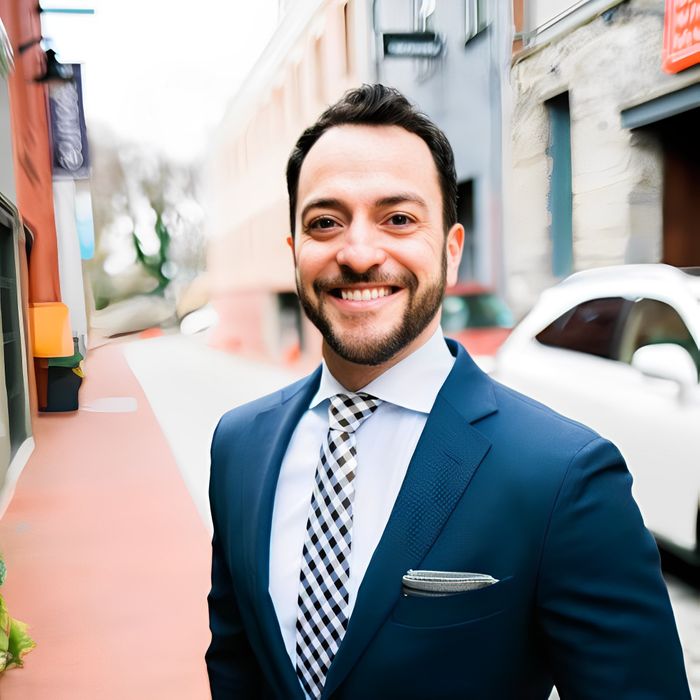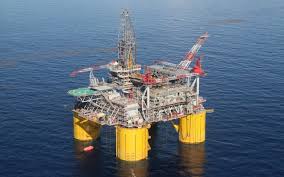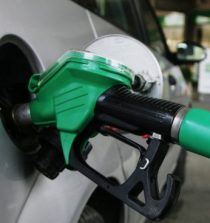MCEDD, the premier deepwater conference, continued on Tuesday afternoon and into today in Milan, Italy, with a timely mid-day keynote examination of the future of ultra-deep offshore activity, accompanied by a full slate of technical presentations on a variety of technical subjects.
Following lunch on Tuesday, Total’s V.P. for Deepwater, Benoît Ludot, delivered a very informative keynote presentation on “The Future, Beyond Today, for Ultra-Deep Offshore, Ultra-Harsh Metocean Environments through Achievements in Cost Reductions, in Both Drilling CAPEX and OPEX. Much of Ludot’s presentation examined the work already done, and likely additional efforts, to push the envelope on a variety of deep offshore capabilities.
For instance, Ludot said that his group is looking at the possibility, and feasibility, of drilling in water depths beyond 3,000 m. But only recently have engineers thought that they could do it successfully. “Yes, we now think we can find oil while drilling in water depths deeper than 3,000 m, which we couldn’t do before.” He presented a number of drawings and charts to back up this contention. In addition, Ludot said that “equipment (for ultra-deep drilling) is to be qualified for 3,000-ft water depths in 2021. And this brings up another question, ‘Is 4,000-ft water depth qualification feasible in 2025?’”
Meanwhile, in the Tuesday afternoon session entitled, “Technical Solutions for Deepwater Drilling Operations,” Luiz Feijo, director of Global Offshore at ABS, made the case for more robust equipment that can operate safely in demanding HPHT conditions, and what steps need to be taken for additional applications. Operators have recently run into conditions where reservoir temperatures are as high as 400°F, and pressures are as great as 20,000 psi. Current equipment was designed for 200°F and 15,000 psi. One of the aspects being looked at is the idea that existing technology can evolve and be adapted to these conditions, rather than have to develop completely new technology.
In the session entitled, “Flow Assurance Technology Enablers for Long-Distance Subsea Tie-backs,” Luc Riviere, advisor in the Deep Offshore R&D group at Total, was advocating for long tie-backs as a new flow assurance strategy for cost-cutting. As Riviere has been telling industry personnel for at least the last year, the deepwater offshore industry’s future depends on continued cost-cutting. So, this new flow assurance strategy is part of the effort.
Late on Tuesday, among the speakers in the “Floating Production Enablers” session, Audobon V.P. for Offshore Terry Mienie discussed a concept for a deepwater development solution in a marginal field at $50 oil. And Stefano Sartirana briefed attendees on how floating production units are still enabling project developments.
Moving forward into Wednesday, session topics included deepwater collaboration and success stories; subsea technologies and reliability; advancements in deepwater floaters; advancing life of field; marine construction, subsea robotics and ROV systems; cost-effective subsea solutions; novel deepwater technologies and deepwater flow assurance. In the subsea robotics and ROV systems session, one of the more intriguing presentations was made by Gautier Dreyfus, CEO, and Stephen Miller, project manager, at FORSSEA Robotics. They spoke about how an autonomous ROV can bring power and communications subsea. They also showed how such an ROV, featuring a Polar-X camera paired with V-LOC (relative visual positioning) can be used to help determine ultimate wellsite positions or installations of subsea equipment. One such example of usage was offshore Congo, where target identification visibility was improved 2.5 to 3.0 times by using the V-LOC/Polar-X combination.
As it does annually, the MCEDD management made awards to four speakers for outstanding presentations. Best Overall Presenter went to Andrew Dingee, President of ADE, for “High-Reliability Operations – Standardization.” Best Overall Presenter by an Early Career Engineer went to Gautier Dreyfus, CEO, FORSSEA Robotics, for “An Autonomous ROV that Brings Power and Communications Subsea” (mentioned above). Best Technical Content was awarded to Romain Vivet, R&D project manager, TechnipFMC, for “The Electrically Trace-Heated Blanket: A New Concept for Efficient Subsea Flowline Hydrate Disassociation.” Finally, Best Technical Content by an Early Career Engineer went to Daan Uiterwaal, area sales manager, Royal IHC.
Source: World Oil

